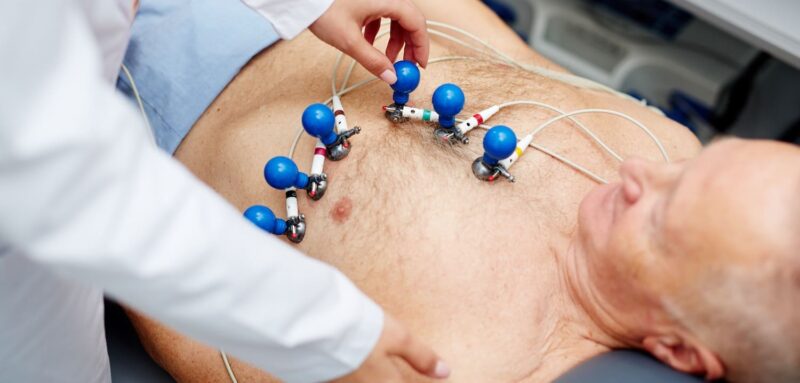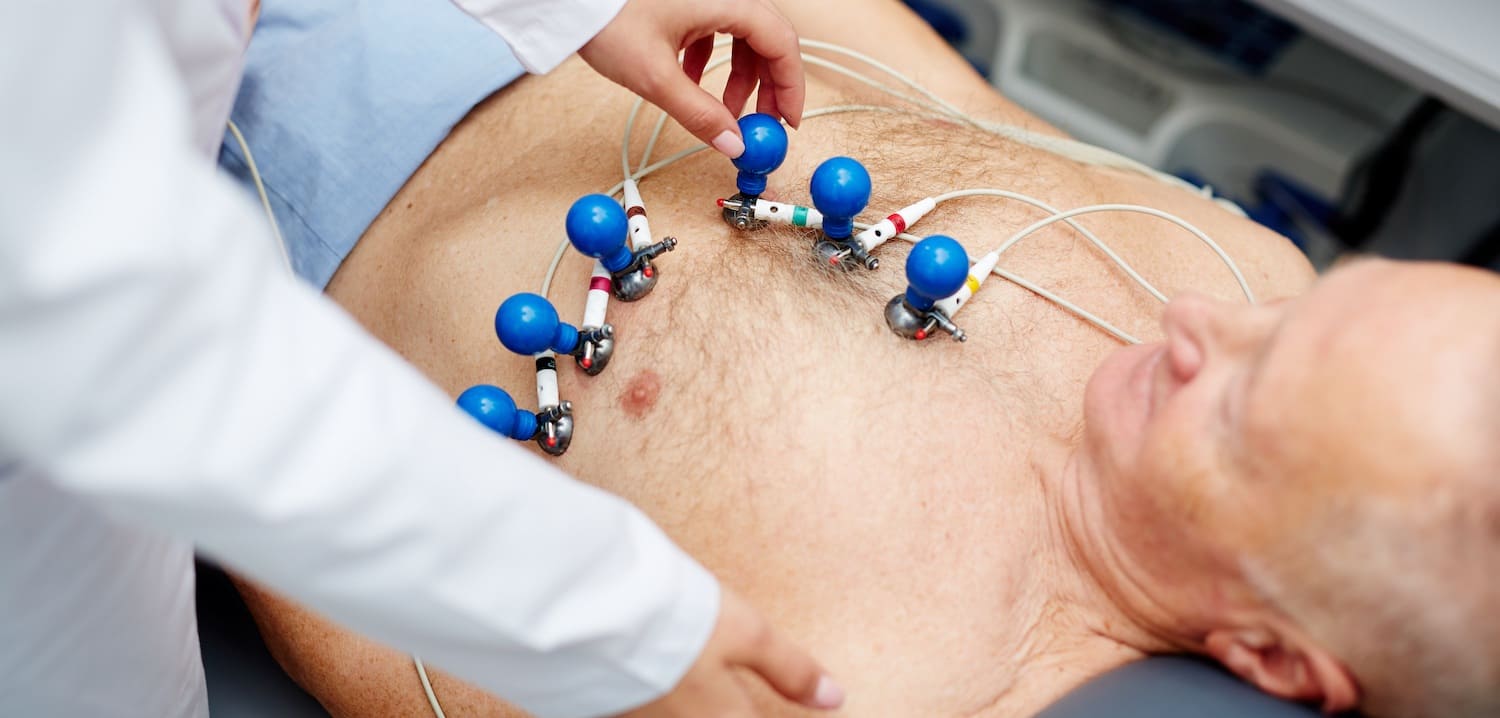Prolonged androgen deprivation therapy (ADT) exposure was found to be associated with reduced cardiorespiratory fitness (CRF) and increased cardiovascular (CV) mortality. The study, published in JACC: CardioOncology, emphasizes the need to consider CV surveillance and risk modification for men both during and after ADT exposure.
ADT is a standard primary treatment for prostate cancer with radiation therapy as an alternative to surgery, and ADT is used widely in patients with metastatic, recurrent, and localized high-risk tumours. Whether ADT is associated with increased CV mortality has remained controversial, with some studies reporting increased CV morbidity and mortality in ADT-exposed men and others failing to demonstrate any significant association. CRF, which refers to the ability of circulatory and respiratory systems to supply oxygen to skeletal muscles, has been shown to be a strong independent predictor of both all-cause and CV mortality.
In this single centre, retrospective cohort study, John Groarke and colleagues, (Division of Cardiovascular Medicine at Brigham and Women’s Hospital, Boston) compared CRF and CV mortality for 616 men with prostate cancer (some with and some without ADT exposure) who had undergone exercise treadmill testing for clinical indications at a median of 4.8 years after prostate cancer diagnosis. The investigators additionally explored the influence of prolonged ADT duration (>6 months) versus short-term ADT usage (<6 months) on both CRF and CV mortality. CRF was calculated from peak treadmill speed and grade achieved during the exercise treadmill test.
Of the patients analysed, 150 (24.3%) had received ADT prior to the treadmill test, with 99 having short-term exposure and 51 long-term exposure, with a median duration of exposure of 28 months. The investigators found 504 patients (81.8%) had two or more CV risk factors, such as diabetes mellitus and hypertension. Results showed that the frequency of reduced CRF was 48.7% for patients with any ADT-exposure versus 32.6% for ADT-naïve patients (OR=1.96; 95%CI 1.35−2.85; P<0.001), and that any ADT therapy was associated with a more than two-fold increased risk of CV death (HR=2.36; 95%CI 1.10−5.06; P=0.027).
In comparison to patients who had not received ADT, prolonged ADT was associated with reduced CRF (OR=2.71; 95%CI 1.31−5.61; P=0.007) and increased CV mortality (HR=3.87; 95%CI 1.16−12.96; P=0.028). For short-term ADT exposure, reduced CRF was of borderline significance (OR=1.71; 95%CI 1.00−2.94; P=0.052) and there was no association with CV mortality (HR=1.60; 95%CI 0.51−5.01; P=0.420).
“Our findings advance the current understanding of the influence of both ADT exposure and the duration of ADT exposure on CRF,” write the study authors. Most notably, they add, prolonged ADT was associated with a 2.7-fold increased likelihood of reduced CRF compared with ADT-naïve patients, while short-term ADT was of borderline significance.
In an accompanying editorial, Vivek Narayan (University of Pennsylvania) and Alicia Morgans (Northwestern University, Chicago) highlight how previous studies have indicated the risk of CV events in men treated with ADT may be greatest within the first six months of exposure. Several of the proposed mediators of the adverse effect (including increased lipids, insulin resistance and increased BMI) have been shown to occur within the first six months of ADT exposure. “Ultimately, a prospective clinical study with a primary endpoint of cardiovascular events and assessments of changes in cardiovascular fitness, lipids, insulin resistance, and other cardiovascular risk factors may be the only way to definitively describe the relationship between ADT duration and cardiovascular events and clarify the underlying biologic mechanisms,” they write. Moving forward, the editorial argues for the need to identify CV risk-mitigation strategies and therapies with improved cardiac toxicity profiles. Notably, a large phase 3 randomized trial demonstrated that the novel gonadotropin-releasing hormone (GnRH) antagonist relugolix had a lower incidence of major adverse CV events than the GnRH agonist leuprolide, with effects particularly apparent for patients with a history of underlying CV disease. They comment that further research should seek to validate this finding and investigate underlying mechanisms for improved cardiac safety.
On a similar theme, an ongoing phase 3 randomized trial (NCT02730338) is evaluating the protective effects of supervised high-intensity aerobic and resistance training in patients with advanced prostate cancer receiving ADT. “By improving our understanding of the patient- and treatment-related factors contributing to ADT-related cardiac toxicity, oncology and cardiology providers can work collaboratively to optimally use such therapy modifications and cardiovascular risk-mitigation strategies,” write the editorial authors.












